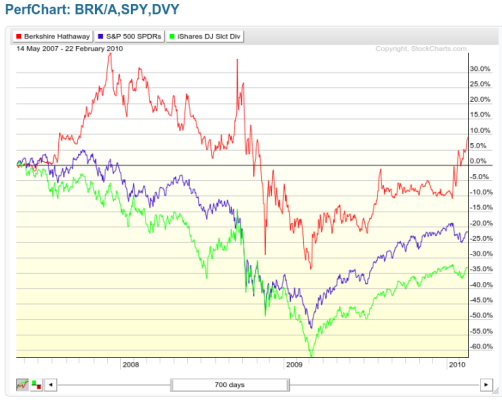clifp
Give me a museum and I'll fill it. (Picasso) Give me a forum ...
- Joined
- Oct 27, 2006
- Messages
- 7,733
While most people here I assume consider income to be dividends from higher paying commons, CDs, and bond funds, there is a subset of investors truly invested solely for income. I feel for them because many have had their head handed to them in capital losses stretching for yield in debt/preferred issues of Mreits, Hospitality Reits, shippers, and energy.
I reviewed the thread which started a ways back. I noticed a March post where I was 40% utility preferred. Im up to almost 80% now. Though I am mostly income invested, not stretching for yield has kept my head on my neck and very profitable the past 2 years since I started this. 500 basis points above present inflation with investment grade issues is good enough for me.
Sent from my iPad using Tapatalk
Last year was pretty ugly for dividend investors. Although the M* dividend investor newsletter barely beat the S&P 500. I certainly didn't, although I haven't really calculated my performance in detail.
On the other hand, with the notable exception of KMI none of my stocks cut their dividends, in fact almost all increased their payouts. So the market correction doesn't bother me.

